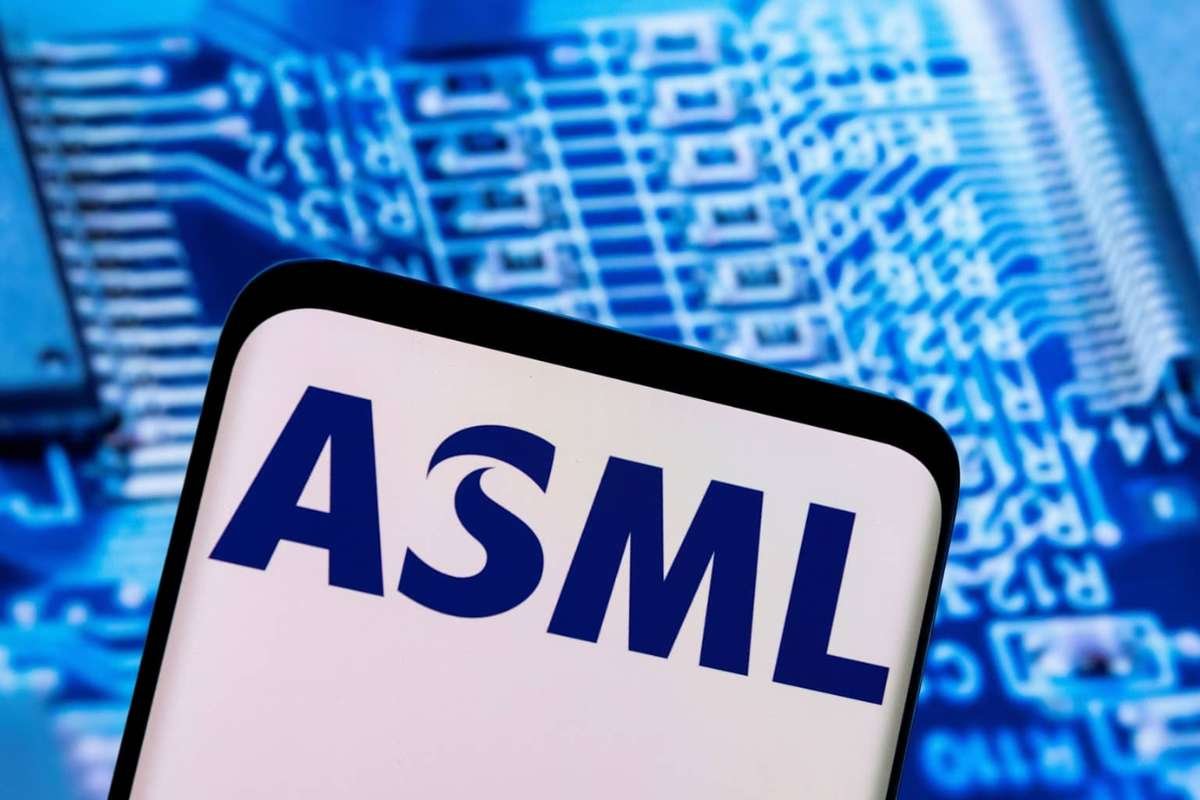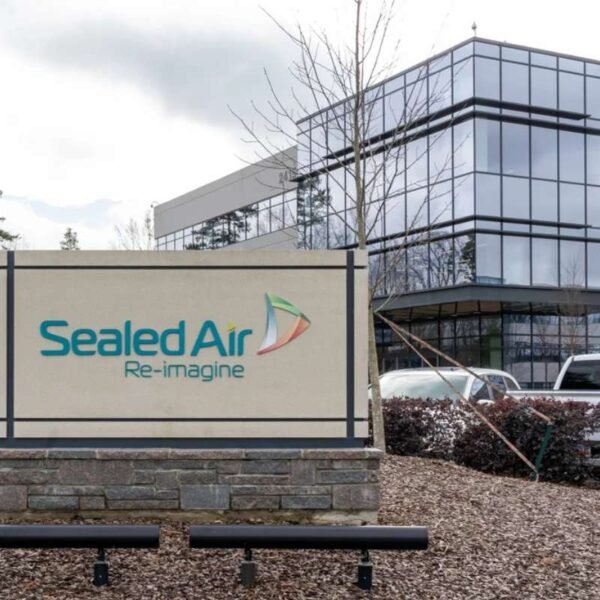Dutch semiconductor equipment giant ASML stock Holding reported solid second-quarter 2025 results, fueled by rising demand for AI chips. The company posted €7.7 billion in net sales and €2.3 billion in net income, surpassing analyst expectations. Bookings totaled €5.5 billion, reflecting continued strength in customer orders for its EUV lithography tools.
Gross margins remained healthy at 53.7%, supported by the rollout of its advanced TWINSCAN EXE:5200B system and progress on High‑NA EUV technology. CEO Christophe Fouquet affirmed that AI demand remains a major growth driver, enabling ASML to maintain its full-year 2025 outlook: ~15% growth in net sales, with third-quarter guidance ranging between €7.4 billion and €7.9 billion.
2026 Outlook Clouded by Tariff Threats and Uncertainty
Despite the upbeat quarter, ASML warned that 2026 revenue may stagnate, largely due to mounting geopolitical headwinds. The company highlighted potential impacts from U.S. tariffs of up to 30% on semiconductor manufacturing tools, part of a broader trade agenda that could take effect in August if implemented by a new U.S. administration.
ASML CFO Roger Dassen said the current quarter’s tariff impact was “less negative than expected,” but the long-term risks remain uncertain. CEO Fouquet noted that although AI customer demand appears stable, global macro and policy shifts make it difficult to project growth for next year. Analysts echoed this caution: Jefferies cut its 2026 revenue forecast from +7% to -2%, and Barclays downgraded the stock, citing weaker adoption of ASML stock High‑NA systems in the near term.
Market Response and Broader Sector Impact
Markets reacted swiftly to the growth warning. ASML’s U.S.-listed shares plunged nearly 10%, and European shares fell about 7–8%. The news also dragged down related semiconductor equipment makers like Lam Research, KLA, and Applied Materials, as investors reassessed the sector’s near-term outlook.
Despite the dip, analysts remain optimistic about ASML stock long-term prospects. Barclays estimates the High‑NA EUV segment could grow at an 11% CAGR through 2030, driven by AI workloads and next-gen chip designs. While the 2026 outlook is cautious, many see this as a temporary pause rather than a trend reversal.
ASML’s Q2 results underscored its leadership in chipmaking tools and the continued strength of AI-fueled demand. Yet its tempered forecast for 2026 reflects the increasing complexity of operating amid global trade tensions. As tariff risks loom and macro uncertainty grows, investors are bracing for a bumpier ride—even as ASML’s long-term technological edge remains intact.
Visit Enterprise Wired for most recent information.
Sources: https://tinyurl.com/2zsd98ry










